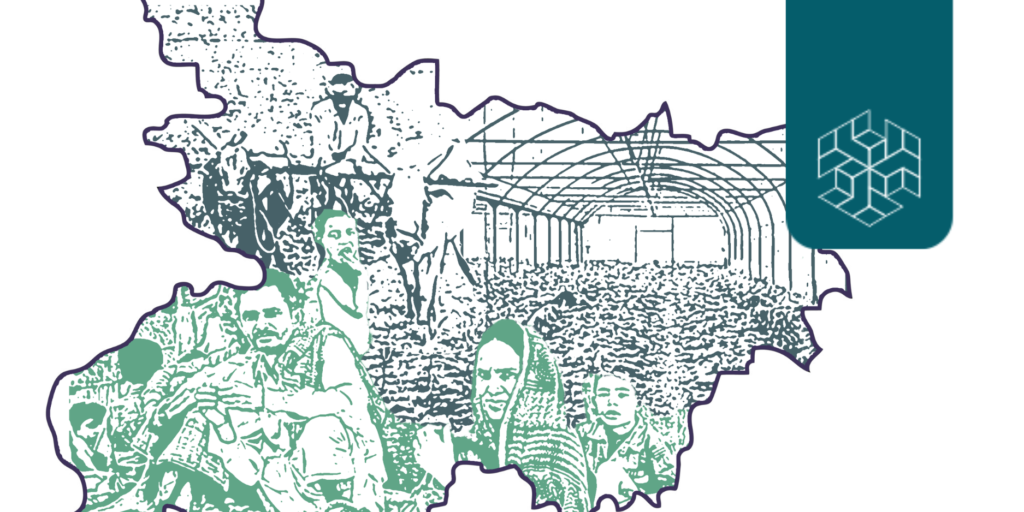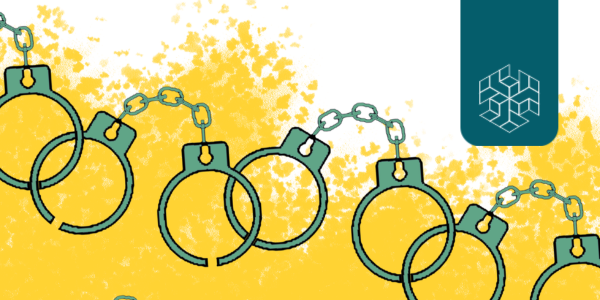Authored by: Isha Tyagi
EXECUTIVE SUMMARY

For those who belong to urban spaces, and might have visited forest areas as tourists, the picture above would invoke the pristine beauty of nature, accompanied with a lamenting concern to preserve this beauty and biodiversity. This, in the words of John Berger, is understood as a “way of seeing”. Each way of seeing is affected by what a person knows or believes. As an outsider, this way of seeing would call for the forests to be left alone. This way of seeing is also ‘one’ of the multitudes of ways of seeing, and includes those of tribal communities who depend on forests for their livelihood, conservationists who want to protect forests and wildlife and see forest dwellers as ‘encroachers’, and the Indian State that has to accommodate all such perspectives while prioritising development. Which of these ways of seeing becomes dominant is an interesting study of the process of democracy in India, and a litmus test of upholding the values espoused by the Constitution.
With the Forest Rights Act, 2006, as the focus, the following Paper expands on: • What forces led to the alienation of forest-dwelling tribes from the forests • How the Forest Rights Act, 2006 (FRA), with the aim of redressing the historical injustice to forest rights of tribals, came into being
- The challenges facing the Act’s implementation
- The larger opposition to the FRA by forest and wildlife conservationists • How The Indian State can harmonise the concerns of forest conservation with the recognition of the rights of forest-dwelling tribes and other traditional forest dwellers.
INTRODUCTION: FOREST RIGHTS ACT, 2006: PAST, PRESENT AND FUTURE
In India, forests don’t just harbour floral and faunal biodiversity. From a socio-anthropological perspective, they are the abodes of the tribes of India, the last communities which represent a way of life different from the one brought about by private ownership of property and unsustainable mass production of goods.
Tribal life is characterized by common ownership of land and agrarian economic activity, which fosters egalitarian values in power relations and organizational system (Xaxa et al. 2014: 251). In India, almost 60% of the forest cover of the country is found in tribal areas (ibid 2014: 49), however, there are no official census figures for the forest-dependent population. Different estimates put the figures from 275 million (World Bank 2006) to 350-400 million (MoEF 2009) (Nayak et al. n.d.: 5).
The Forest Rights Act, 2006, was enacted to recognize occupancy rights and the use of forest produce as a source of livelihood entitlements for the forest-dwelling tribes and other forest dwellers. At the time, it was estimated that about 20% of government-controlled and managed forestland will come under the occupational titles recognized under this law (The Ministry of Environment and Forests 2009: 18).



